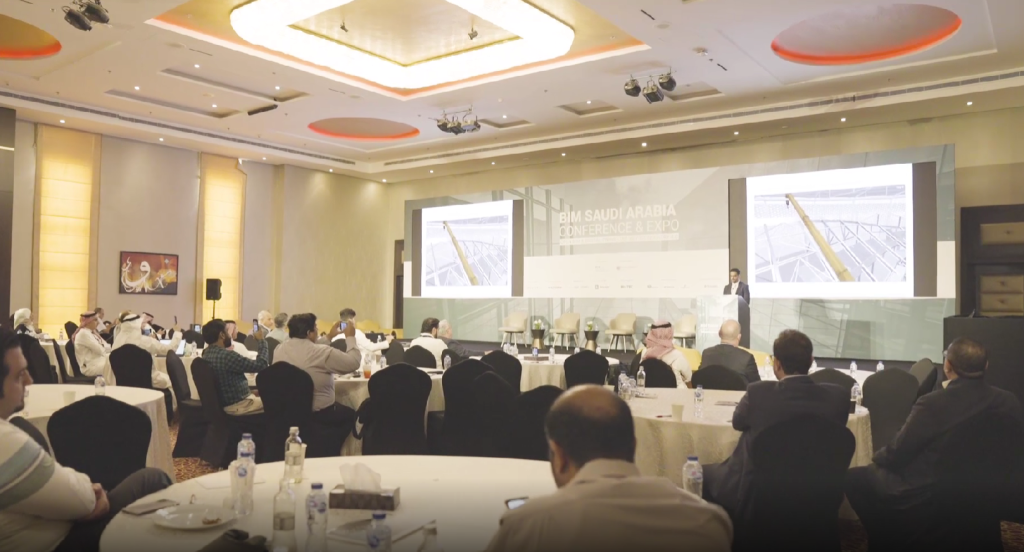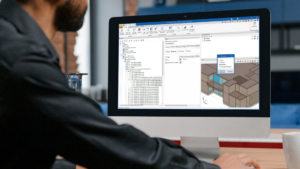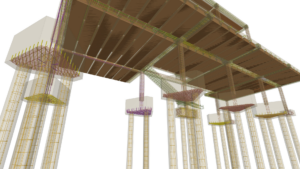CYPE will travel to Saudi Arabia this month to participate in the BIM & Digital Twins expo, considered the most important exhibition in the country related to digitisation and the use of new technologies in the construction industry. During the event, CYPE will highlight the importance of working in an Open BIM workflow and implementing solutions such as augmented reality, virtual reality and machine learning to achieve a more efficient and productive industry.
To this end, CYPE will be showing and sharing all their knowledge and views of the industry (specialists from 180 countries use their software) with architecture, engineering and construction (AEC) professionals attending this forum that will be held on 14 and 15 February in Riyadh. The company's participation in this expo is part of its implementation in the Persian Gulf, which is considered strategic along with Asia for the company's future.


The digital model in construction
Technology experts will focus on how the use of an Open BIM workflow will help to centralise all the information generated in a single digital model, which is created and shared among all the construction professionals involved in a project. This reduces project design and execution times, achieving savings of up to 20% in construction costs.
This requires a specific CDE (Common Data Environment) for architecture, engineering and construction BIM projects, so at the BIM & Digital Twins forum in Saudi Arabia, CYPE will be showcasing the BIMserver.center platform they have developed that enables professionals to upload their architecture, structures, MEP or management work to the cloud, among other specialities, so they can work both in real-time and collaboratively.
Attendees will also learn how CYPE solutions help specialists automate processes, identify problems in a project's design phase and facilitate the remote control of safety on a construction site, among other features. As Pablo Gilabert, CYPE's innovation director, explains, "Our tools carry out automatic analyses, facilitate compliance with local codes, and make it easier to visualise the project in 3D or augmented reality to minimise errors, improve construction quality and make better decisions".



